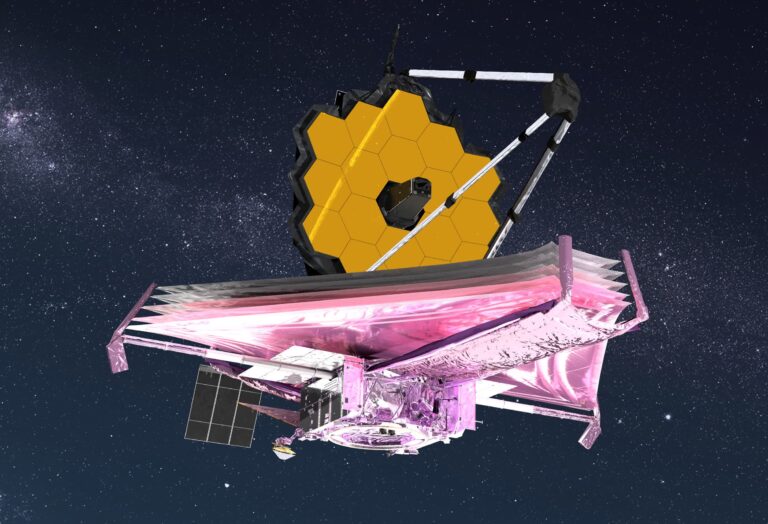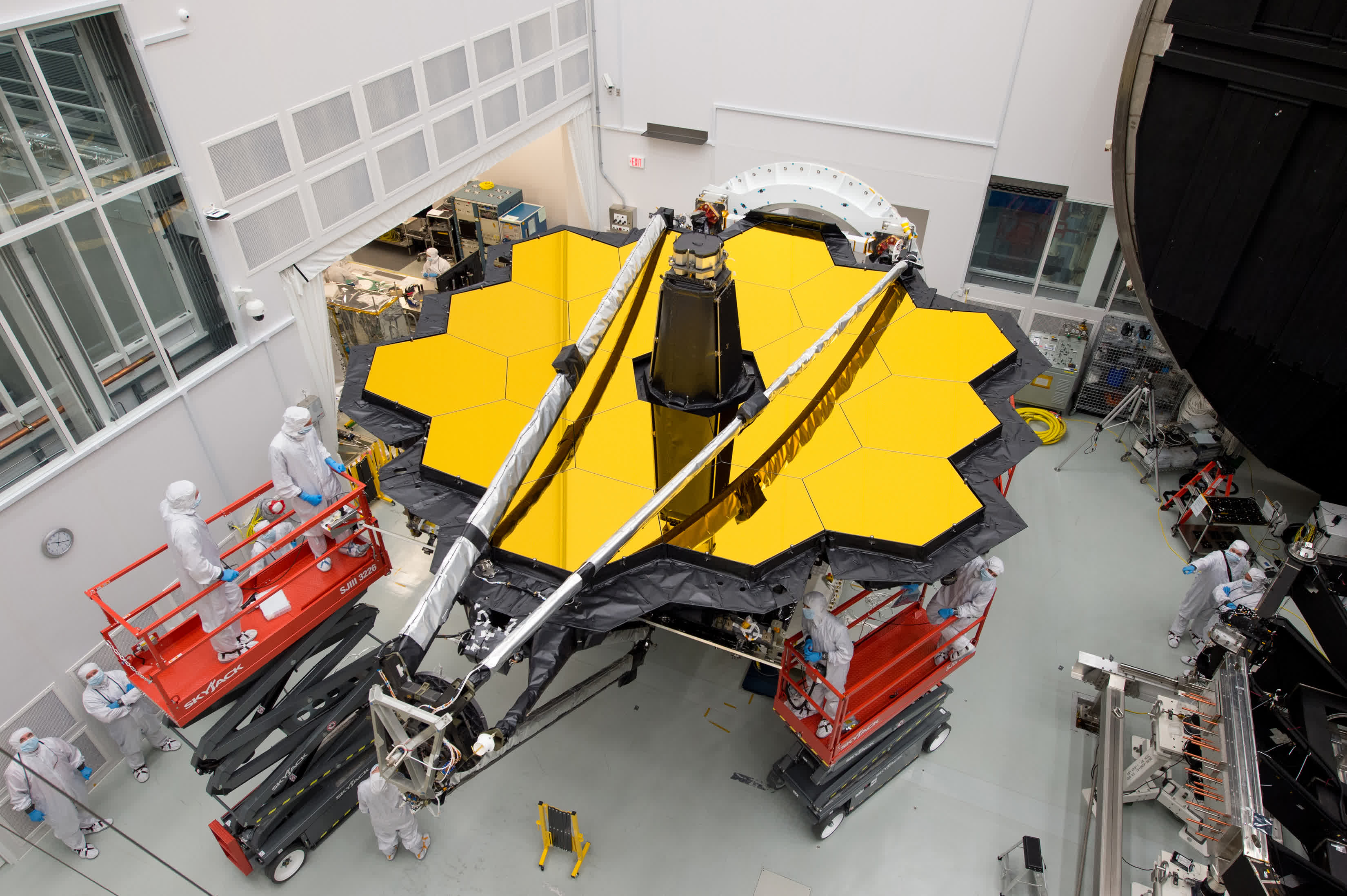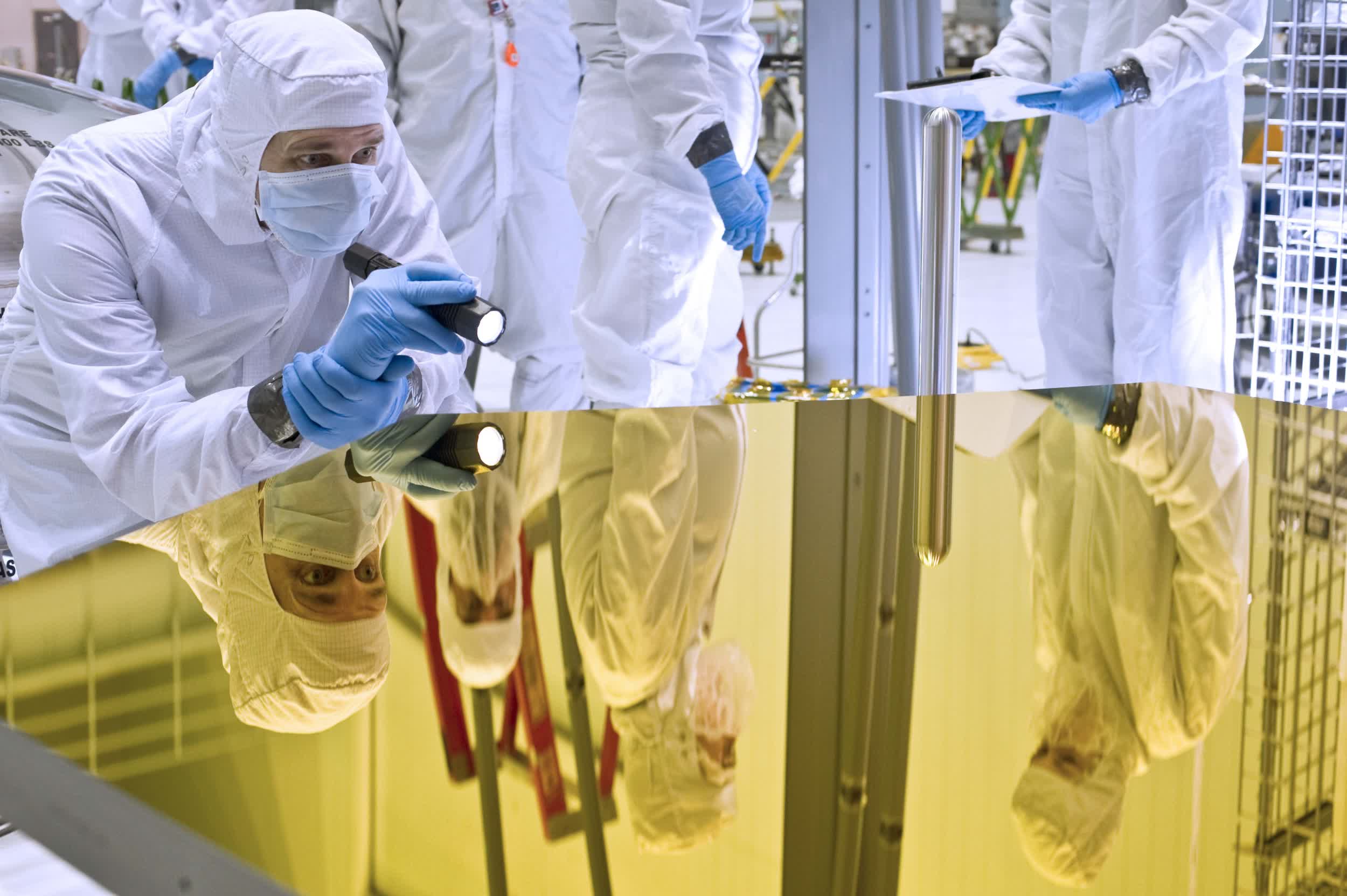
[ad_1]
The big picture: Decades of work went into designing, building and launching the James Webb Space Telescope, the largest and most advanced observatory ever created. NASA knows a thing or two about operating craft in the perils of space and constructed Webb accordingly.
One area of particular concern involved inevitable collisions with micrometeoroids, tiny particles of rock or metal that are common in space. Despite their small size, they can do a great deal of damage when striking a spacecraft due to their extremely high velocities.
NASA reinforced Webb’s mirror to withstand the barrage of micrometeoroid strikes it would experience over its lifetime. To date, the telescope’s primary mirror has absorbed 14 measurable micrometeoroid hits, or about 1-2 per month.

Mike Menzel, lead mission systems engineer at NASA’s Goddard Space Flight Center, said all but one of the strikes were well within the range of what they had budgeted and expected when building Webb. The outlier Menzel is referring to took place in late May and since it did not come from a known meteor shower, it was classified as an unavoidable chance event.
Nevertheless, it prompted NASA to put together a group of experts to try and come up with a plan to protect Webb in the future. Ultimately, this group decided that future observations will be planned to face away from what are now known as micrometeoroid avoidance zones.

“Micrometeoroids that strike the mirror head on have twice the relative velocity and four times the kinetic energy, so avoiding this direction when feasible will help extend the exquisite optical performance for decades,” said Lee Feinberg, Webb optical telescope element manager at NASA Goddard.
It is worth noting that this does not mean Webb will totally shy away from certain regions. Instead, targets in the micrometeoroid avoidance zone will be imaged at a different time of year when Webb is in a different location in its orbit. Critical targets that have a limited window of opportunity for observation, like those in our own solar system, will still be imaged if required.
NASA said it believes the adjustment, which will be implemented starting with Webb’s second year of science, will have a long-term statistical benefit on the observatory.
[ad_2]